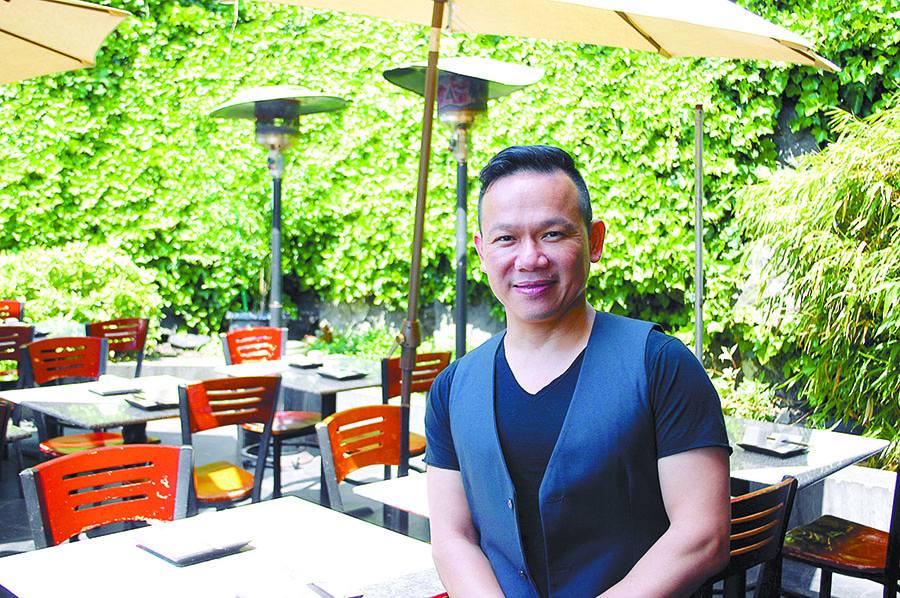Think about it a minute, the question is fascinating: What would you like your fellow humans born hundreds of years in the future to know about your present-day life? What lesson learned or wisdom gained might you impart? What emblematic relic would you share with people generations from now, some clarifying snapshot of the way we were?
On Nov. 11,1989, when Washington celebrated its centennial, the first of 16 stainless steel time capsules, shaped like mini-torpedoes and as big as an oversized shoe box, were filled with objects that best exemplified that time – the beginnings what’s known as the Washington Centennial Time Capsule project. Into the argon gas-filled vault, among other things, went CD-Rom discs, a Nordstrom catalog, an Indian basket, and a state flag that an astronaut had taken aboard an orbiting Space Shuttle. There were also 10,000 messages, put on microfilm, from residents throughout the state offering their thoughts, reflections and advice.
“The idea is to leave some record of our lives behind for those in the future to learn and discover what our time was like,” says Seattle journalist Knute Berger, mastermind of the project who has been quoted by The New York Times as an expert on the subject of time capsules.
The task of preserving the Centennial Time Capsule – which means updating its contents and enlisting new generations of children to support the project every 25 years until the capsule reaches its final destination, Washington State’s 500th anniversary in 2389 – falls on a non-profit organization known as The Keepers of the Capsule. Every 25 years, a new capsule contained within a green 3,000-pound safe – constructed by Westinghouse Hanford Company – entombed at the state capitol’s south plaza, is to be loaded anew with small symbolic artifacts and sealed airtight. Now, as they were in 1989, 10-year-old children, recruited from schools across the state, will serve for 25 years as time guardians, the keepers of the flame. They will be part of a chain of stewardship that culminates in 2389 when all the time repositories will be cracked open.
“My hope is that they will walk away knowing that they were part of something very special,” says Erica Gordon, the chief recruiter for Keepers of the Capsule. “You know, I was one of the Keepers from 25 years ago.”
Some of the cultural tokens being considered this year for the second capsule, says Berger, include a 2014 Seahawks Super Bowl ring, a Kindle loaded with books from Washington authors, and a piece of composite material used in the manufacture of the Boeing 787. There’s also talk of putting into the vault a Referendum 74 (the marriage equality measure) campaign button and perhaps something belonging to Macklemore.
“Five-hundred years is like us today opening a capsule and seeing what the Pilgrims had to say,” says Berger.
Original 1989 Capsule Keepers at the Washington Centennial Time Capsule planning meeting; Olympia, WA. Photo courtesy capsulekeepers.org
On November 11, when Washington turns 125, the original set of Keepers, all of who will turn 35, are to attend ceremony in Olympia to pass the torch. The new custodians will be officially sworn in at the event, where they will receive two T-shirts, one child-size to wear that day and one adult-sized shirt to wear 25 years later. There were 336 Keepers who answered the call of duty in 1989 – sworn in by Gov. Booth Gardner – about 80 of whom capsule organizers were able to keep track of.
The notion of devising time capsules, something that would serve as the Cliff Notes from a distant past, providing an independent voice to the future, has been around for centuries. People used to drop into the foundation of buildings personal notes or even simple household objects.
Says Berger: “In the U.S., it became a very popular idea in the 1920s, and of course in the 1930s, back when the gathering storm in Europe made us aware of our own mortality.”
The discovery in 1922 of the tomb of King Tut, who ruled ancient Egypt around 1350 B.C., was hugely intriguing to millions worldwide. For 3,000 years the old King had rest in peace and now this treasure trove – an “unintentional time capsule” as it was called – had been unearthed: a coffin of pure gold, toys from his youth, perfumes and priceless jewelry.
By far the most ambitious time capsule ever devised was the “Crypt of Civilization,” constructed in 1940 below a building on the campus of Oglethorpe University in Atlanta. It was a vault the size of a swimming pool was how The New York Times described it, containing “such everyday objects as a package of chewing gum, a quart of beer, the contents of a woman’s purse and a Donald Duck doll.”
The crypt is to be opened in the year 8113, a span of time, said the creator, Thornwell Jacobs, the university’s president, that was equal to all of recorded civilization up to the time at which was the crypt was built.
No one is certain, but some historians estimate that there may be 10,000 time capsules scattered about the planet, though the vast majority are lost, mainly because they were buried so long ago that no one can remember where they are.
As far as the future of Washington is concerned, Burger says that if you’d like to write a note for humankind to someday read and want it placed in the Centennial Time Capsule project this November, e-mail it under the title “Message to the Future” to web@capsulekeepers.org.
econklin@seattleweekly.com








